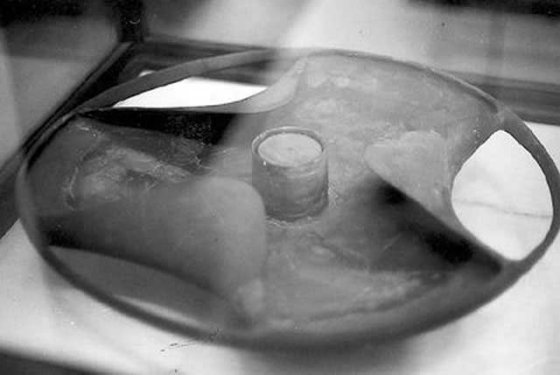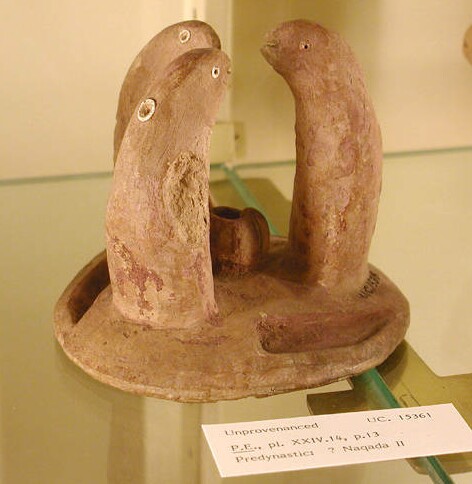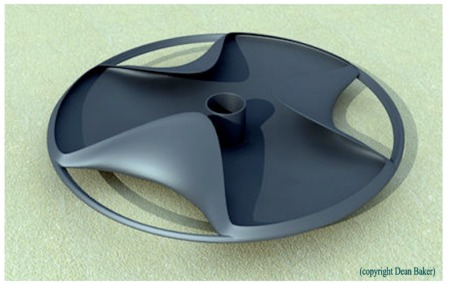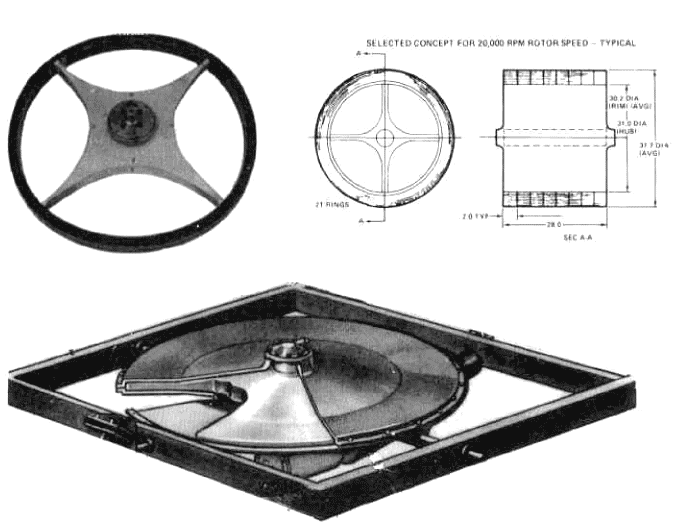The Schist Disc: A Sceptic Speaks July 6, 2013
Author: Beach Combing | in : Ancient , trackback***Dedicated to Wade, who sent this treasure in***
If you hang round ancient archaeologists long enough you end up being shown pictures of strange objects and being asked ‘What do you think that is for? What did they do with that?’ The sophistication of ancient technology and the complexity of ancient societies – compared with the hicks of the middle ages, say, and this is a medievalist writing – means that there is a greater wealth and range of material objects. You may be looking at a Roman tool for turning fritters or a Greek instrument for holding a donkey’s eye open while tumours were removed… It is only natural that we don’t know what everything is for. This leads us to the so-called Schist Disc or the Schist Wheel or if you are a friend of Erik von Daniken the internal fly wheel of a ancient space ship’s hyperdrive system. It was taken out of a tomb 10 January 1936 by the great Egyptologist Walter B.Emery and as the tomb dates to the first dynasty we are probably looking at something which is about five thousand years old.
This very elegant object has never been understood. It is described by Cairo museum as an incense holder, which is a good guess: it is probably a holder of some sort given that central hole and there are similar objects which seem to have been used for incense. (We include one photo of a ceramic ‘incense holder’ made from clay, but fundamentally similar, in morphological terms: see the central ‘holder’). Whatever, it is the Disc certainly deserves our respect. For schist here read meta-silicone an extremely brittle sedimentary rock that can be carved, but only with great care and attention. If you had been the ancient carver on that job you would have had cold sweat running off your brow the last of the ten days you dedicated to it. It is one of those things that if you drop your hammer or the cat jumps at the wrong moment you would chip off something and ruin the whole effect. One of the great things about putting sharks in formaldehyde is that there are just not that many things that can go wrong: they forget to kill the shark, you fall in, no one care…
Anyway, let’s leave ancient Egypt and look at the modern reception of the Schist Disc: far more interesting to be honest than incense holders and slave labour. This has become one of the ‘dearly beloved’ of the actually-ancient-Egypt-developed-the-atom-bomb school of history: the idea that the pharaohs had access to extraordinary technologies, which have been lost or hidden from us by the federal government. We will just quickly outline four myths that have emerged about the Disc among the fraternity. There is no interest in polemic here, just the desire to show how modern myths – cobblers in the parlance of this blog – develop. Beach, btw, believes that cobblers are to humanity what daisies are to lawns.
First myth: the first dynasty was using the wheel!!!
Orthodox history claims that Egyptians were using the wheel by about 1500 B.C and yet here we have a wheel in a tomb from fifteen hundred years earlier! But is this actually a wheel? It could, alternatively, just be a circle. From Neolithic times humanity has loved the aesthetics of circles. Men and women like things that go round and round. Just because some of our prehistoric ancestors had circular witch stones with holes in the middle does not mean that they had developed buggies or scooters.
Second myth: it is the fly wheel of a hyperdrive system…
OK this is a cruel parody, but some of the claims made for this particular object are steep. Take this one. ‘Its form resembles that of a plate or a concave steering wheel of a car, with a series of three cuts or curved ‘shovels’ that resemble the helix of a boat, and in the center, an orifice with a rim that acts as the outside receiver of some axis of a wheel or some other unknown mechanism, arranged to turn.’ The problem with this thesis is that if you used the Disc as the receiver of an axis your car would veer very quickly off the road: it is essentially made of shale. Even if it was merely decorative you would be constantly terrified of breaking it.
Third myth: it is a copy of a metallic original.
One way around this shale problem would be to argue that the Disc was the copy of an earlier metallic original. The vast majority of Egyptian metal-working at this date was in copper, bronze or electrum. The axis then that was supposedly inserted could not have carried that much weight… But why posit a metal original at all? Why not just assume that it is an ornamental stone?
Four myth: doh, because Cyril Aldred says so!
If you have a doubtful proposition quote an authority. ‘Egyptologist Cyril Aldred reached the conclusion that, independently of what the object was used for or what it represented, its design was without a doubt, a copy of a previous, much older metallic object.’ Cyril Aldred (obit 1991) was a respected Egyptologist and if he really said this, then, Beach would sit up and listen. However, of course, Cyril Aldred didn’t say this. In Egypt to the End of the Old Kingdom CA wrote that the disc ‘possibly imitates a form originally made in metal.’ Where did the ‘without a doubt’ and the ‘much older’ come from?! CA is actually saying: Look, this is a bloody weird object. Who knows what it is for? One thing is for certain: if it was used for something practical then shale would break. Ergo, it must be based on a metal original.’ Sensible reasoning and not an ancient astronaut in sight.
Fifth myth, bring on the clowns…
Make a computer reconstruction of the Disc in metal so we get to the ‘original’: which looks uncannily like something that would fall out of an IKEA kit. Then compare it to an unsuccessful design by Lockheed Missile & Space Company from the 1970s. And no I don’t know what a fly wheel is. Any defence or offence: drbeachcombing @ yahoo DOT com
15 Nov 2015: Simon G writes in. I am a machinist with a broad mechanical background,I’ve been to Egypt and visited some of these places I saw with my own eyes machine and tool marks on stone circular drilled holes and large saw pattern. I can offer some new myths what this object may be used for.
1- it like you said is a model of the metallic original that was used as an impeller for pumping water.
2- this time as it is as stone, if it where the original be mounted in an axel and spun at a certain speed constantly not too fast could create a resonating hypnotic resonance which could put the human state into OBE for meditation.
3- as in No1 produced as a copy of the original metallic version it is possible that it may be a part of a device that allows us to see into a further dimension even forward or past realms. Using artificially produced light shone through the openings.
4- a possible water faring propellor that create’s a vectored type thrust propelling the vessel may be mounted fwd or aft of the vessel.
5-part of an an anti gravity device which lifts large pieces into place.
Just some new ideas, but best thing would be to form a free non funded group to build a metallic titanium version and just experiment with it in many different scenarios! I think keeping a very open mind to all possible uses and using a imagineering type think group would be helpful also. It is obviously some kind of lost tech! We live in a completely different world than the civilisation had back then. The majority of us can not imagine what kind of tools and machine these people had access to!






